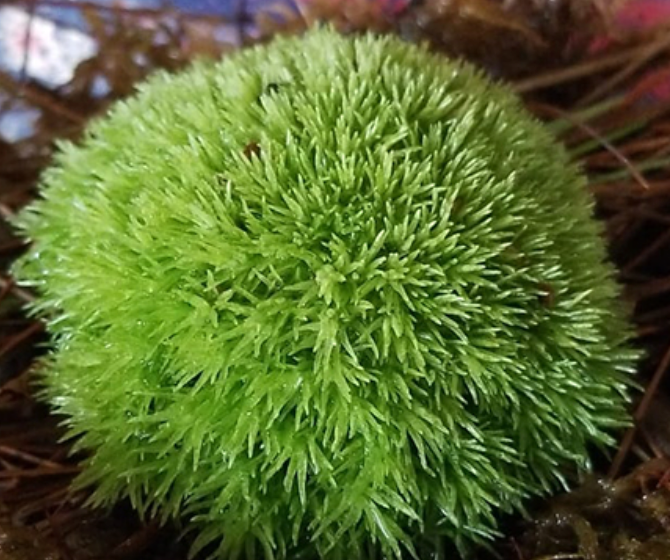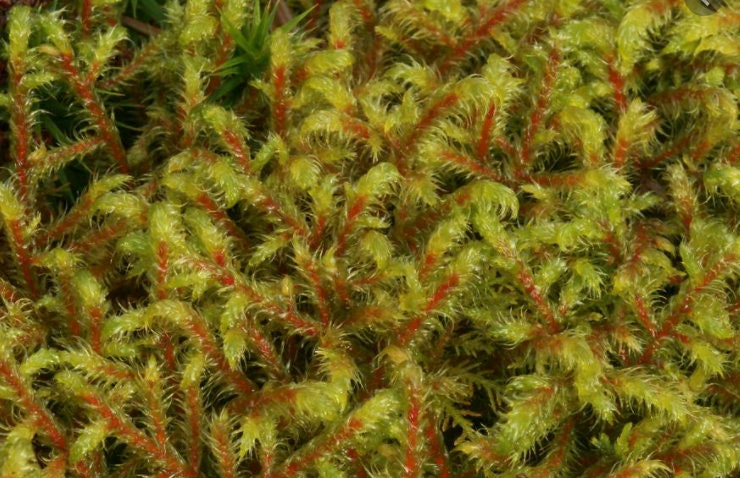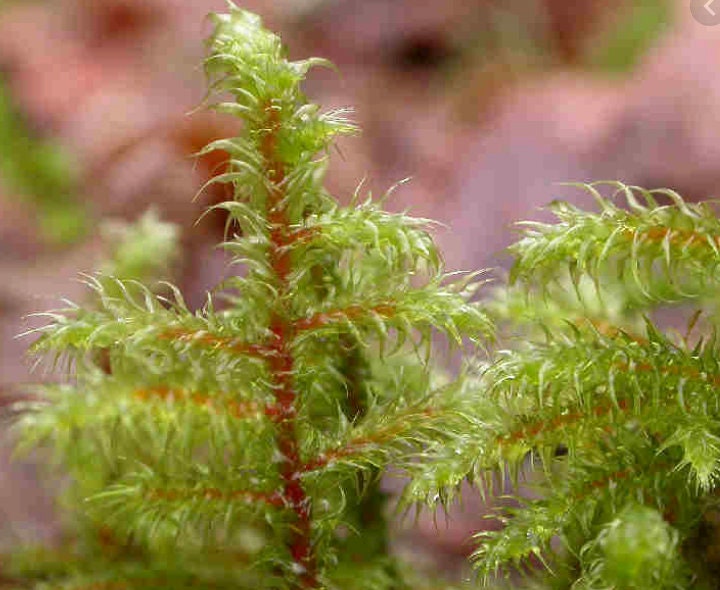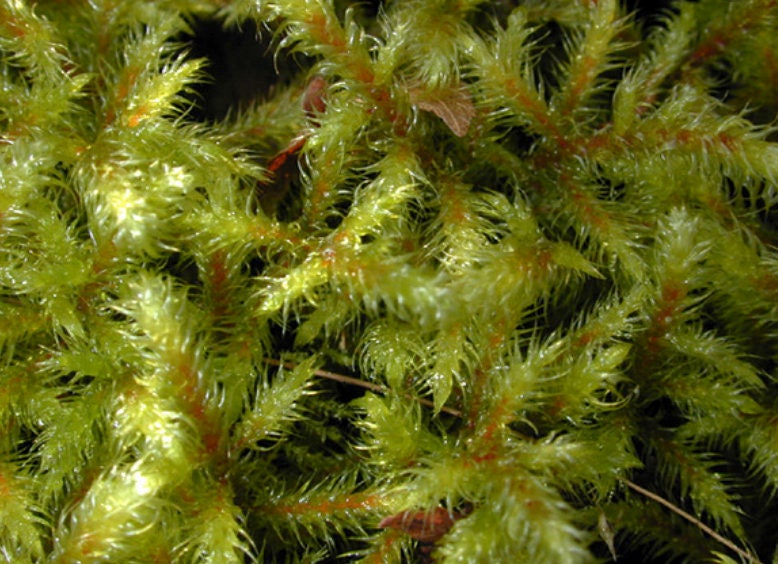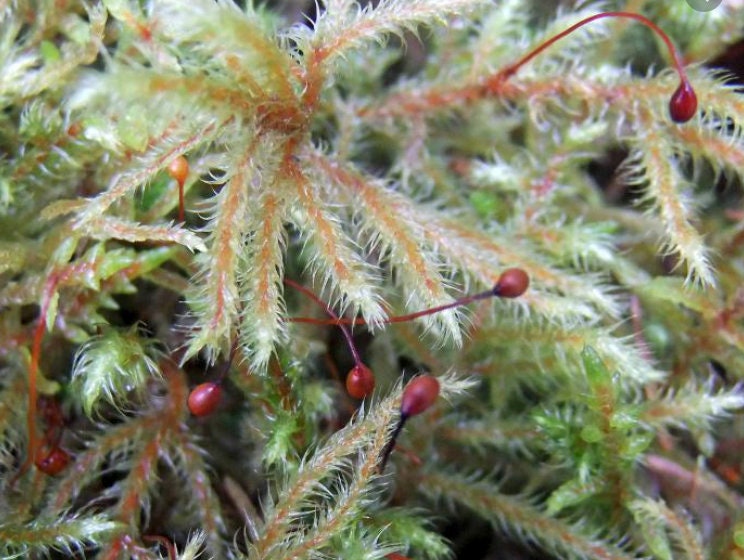Mosswholesale
Terrarium moss, Rhytidiadelphus loreus, with Phytosanitary certification and Passport, grown by moss supplier
Terrarium moss, Rhytidiadelphus loreus, with Phytosanitary certification and Passport, grown by moss supplier
Impossible de charger la disponibilité du service de retrait
Rhytidiadelpus loreus Is a full shade high humidity moss that grows on acidic forest compost or peat moss and worm casts
We sell Rhytidiadelpus loreus as a grown moss in many dimensions or as inoculated clay/Alfisols discs with spores and mother moss, we also sell the correct "Growing Substrate" for this moss.
You will be receiving moss which has been dehydrated for shipping, when she arrives just rehydrate her by spraying water on her, and within seconds she comes back to life.
Do have a look at my other dry moss, lichen and liverwort species for sale and buy a selection, for your terrariums and Paludarium.
Check out our organic goat milk fertiliser pellets for moss!
Our pellets are made from full fat unpasteurized goat milk straight from the udder, mixed with red clay and dehydrated at 70 degrees. Our fertiliser pellets are perfect for terrariums, living walls, moss gardens exterior as interior. But of course this is an amazing fertiliser for all plants including roses, vegetables, pot plants etc.
Why is goat milk the best fertiliser for moss and other terrarium plants?
This is our secret to the beautiful moss we grow in our moss nursery, our ferns and succulents and orchids and other rock garden plants, in fact, our whole farm!
Like all plants, moss needs nitrogen, either gleaned from the soil and substrate or from water uptake. If your moss doesn’t get enough nutrients from rainfall or substrate a mild, organic fertilizer, such as one containing lactic acid from goat milk which non-protein nitrogen content is usually 5-8 % of total nitrogen. Signs your moss needs fertilization include spotty growth and poor color.
Our clay/Alfisols discs are inoculated with Rhytidiadelpus loreus spores and mother plant which, once wet, will grow after 3 weeks into moss that then connects together into a carpet and spread from there. The benefit of growing from spores is 1- they grow and thrive in the environment, if terrarium or moss garden, or water feature 2- the clay/Alfisols discs can be molded into any shape once wet and will stick to any surface. You can also divide the discs as they are inoculated with thousands of spores. To give the spores the correct substrate 3 discs is equal to 30x30cm of the substrate, you simply mix the clay disc into the substrate and spread it into a 30x30cm carpet.
You will be receiving Rhytidiadelpus loreus Moss in a package bag in a padded envelope large pieces of moss and a few small ones. Mosses can remain alive even during periods of drought, resuming photosynthesis when moistened again by rain or even fog. All you have to do is follow the video, and spray generously the moss when it looks dry and let it have some sun, no need for full sun which makes them great indoor plants too.
We do Internation post tracking with every order. Your order will be packed safely and I'll send your Internation tracking number so you can follow your order travels to you :)
Rhytidiadelpus loreus has dark red stems and green “leaves” that give the overall matt of intertwined steams and roots a rusty yellow looking color.
This color varies in intensity depending on the level of moisture being held within the organism.
Rhytidiadelpus loreus, is a large, creeping, branched species of moss. This moss has a striped appearance because of the formation of the pleated leaves.
The leaves are glossy, heart-shaped or cordate and grow in an irregular arrangement on pinnate branches. The leaves can grow to be 4-5 millimeters long.
The coloration of the leaves on lanky moss range from shades of yellow to dark olive green. The stems of the plant are rigid and have a dark red appearance.
Lanky moss can grow horizontally and outward. This growth formation creates large, interwoven and unconstrained mats acting as a carpet on the surrounding area of the forest floor.
Lanky moss is seemingly prickly but the leaves are soft to the touch and have a spongy quality to them.
These mats can grow up to 15 centimeters in thickness! spreading across the surface of the forest floor.
They act an insulator as well as a water and nutritional retainer.
This moss is amazingly beautiful inside in terrariums and outside in moss gardens.
Do have a look at my other dry moss species for sale and buy a selection.
Rhytidiadelpus loreus is a dieocious plant that has both male and female reproduction capabilities in independent individuals. The sporophytes have an irregular formation and growth pattern. The species reproduces occasionally and seemingly sporadically. The sporophytpes protrude out of the stem, 2 to 6 centimeters long, into a long stalk forming a sub-spherical sporangium. The spore's maturation season is in the winter months when the temperature is cold.
Moss is also great to beautify pot plants: clear away the weeds place the moss around the plant and WoW! just so much more beautiful, the moss will help keep the plant's earth moist and stop weeds growing as well!
They evolved about 500 million years ago. Like other land plants, mosses contain green chlorophyll and make their own food through photosynthesis, which involves using the energy of the sun to combine carbon dioxide and water to make sugars.
Mosses are nonvascular plants, which means that they lack a vascular system. Because nonvascular plants lack lignified water-conducting tissues, they can't become as tall as most vascular plants.
The Ecological Roles of Mosses - Mosses play essential roles in the natural world:
Mosses don't need previously developed soil to survive, because they obtain their mineral nutrients from rain or running water.
This means that mosses are sometimes the first to colonize newly exposed areas. They promote soil formation, because (as they grow) dust and humus collects among the stems. When they die, their bodies decompose and add to the developing soil.
Mosses grow where other plants cannot, because they can survive without being rooted in soil. They can survive on cliffs, rocks, steep hills, and tree trunks. Mosses colonize the barren rocks and exposed areas of hills, and make them suitable for growing larger vascular plants by depositing humus soil and plant debris. Mosses can remain alive even during periods of drought, resuming photosynthesis when moistened again by rain or even fog.
Mosses play an important role in the global carbon cycle. They absorb carbon dioxide and release oxygen. In areas with cool climates, decomposition is slow because of cold temperatures. This means that large amounts of carbon are sequestered in the Sphagnum of bogs.
Mosses also contribute to the environment by absorbing water from rainfall and runoff, then slowly releasing it to the ground or atmosphere. This reduces stream erosion and fluctuating lake levels.
Mosses also provide habitat on which many species ultimately depend, underpinning entire ecosystems. Mosses provide shelter for other organisms such as small insects. The insects, in turn, provide food for frogs, which in turn provide food for snakes, which in turn provide food for carnivores like bobcats.
Materials
Materials
Shipping & Returns
Shipping & Returns
Dimensions
Dimensions
Care Instructions
Care Instructions
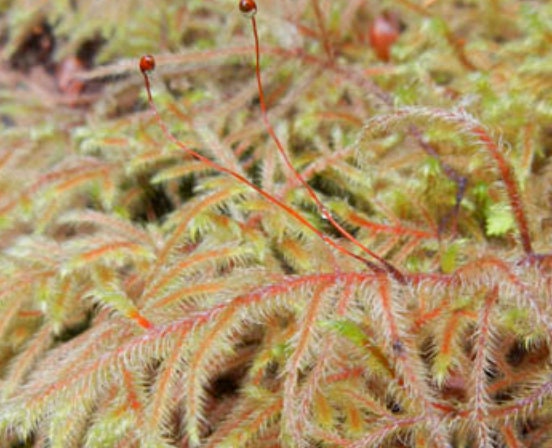
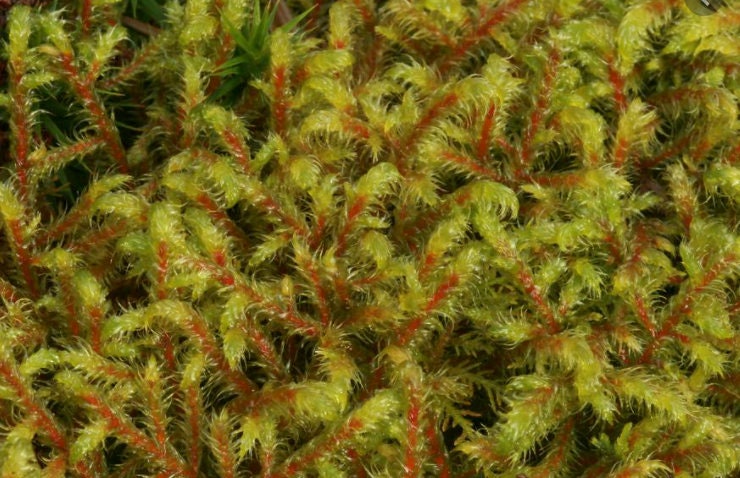
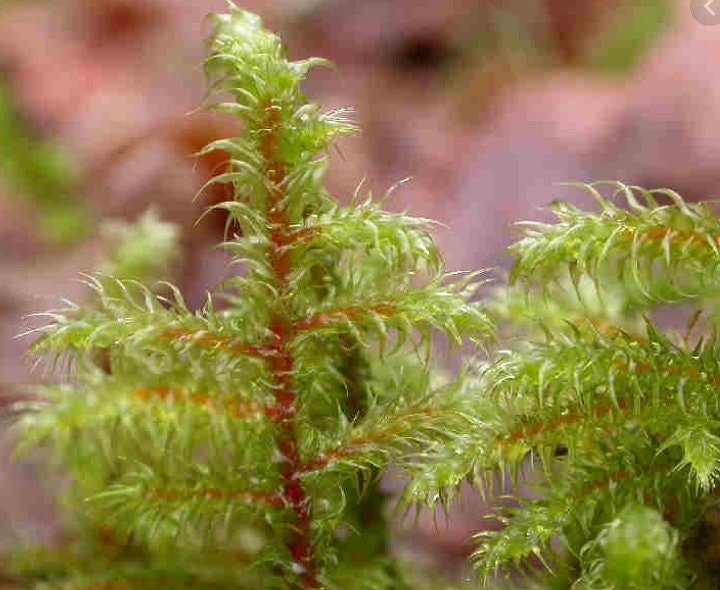
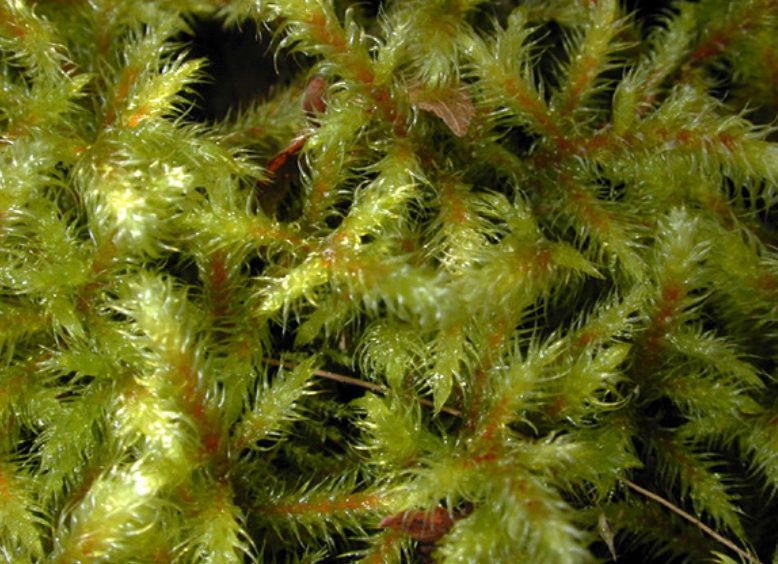
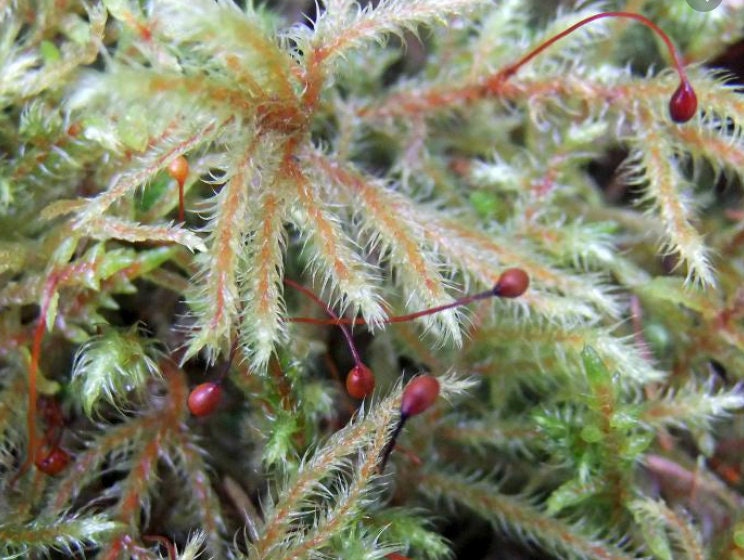
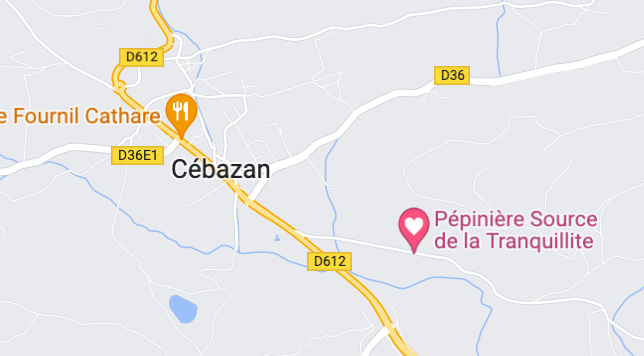
-
Free Shipping
We offer free shipping in France! and internationally for orders of 500 euros or more.
